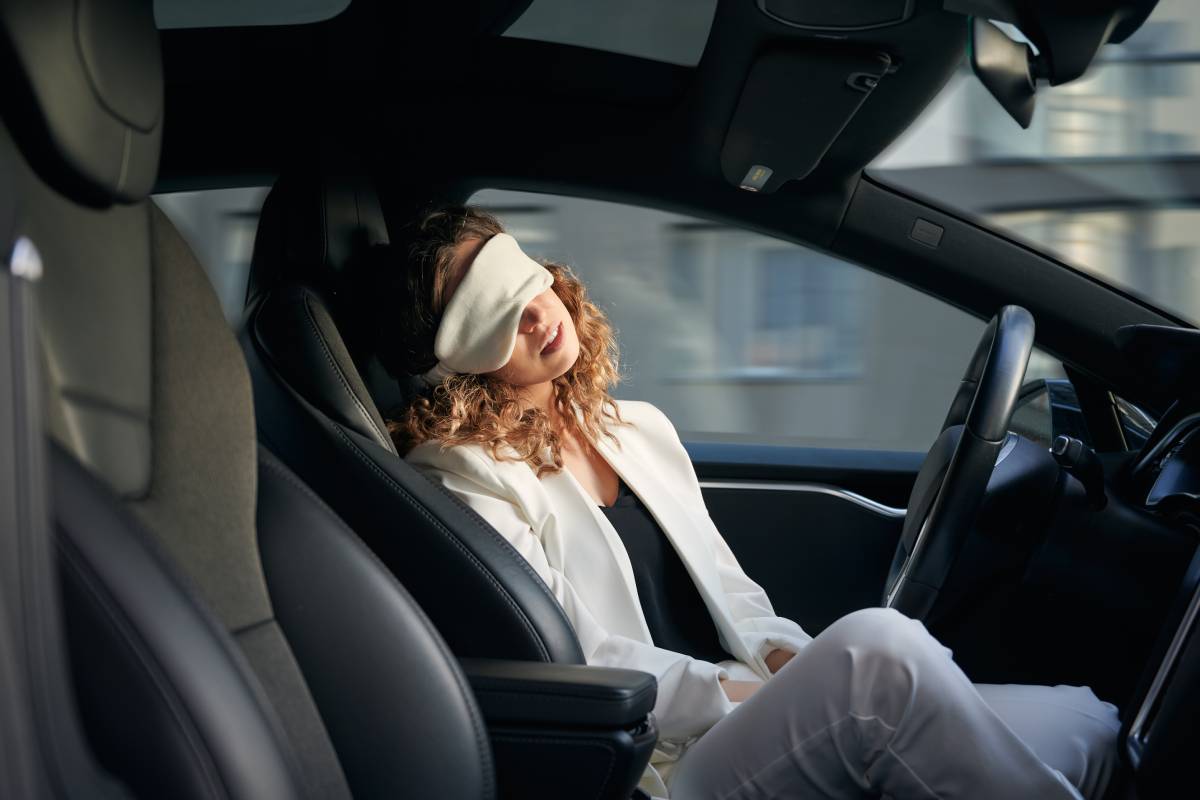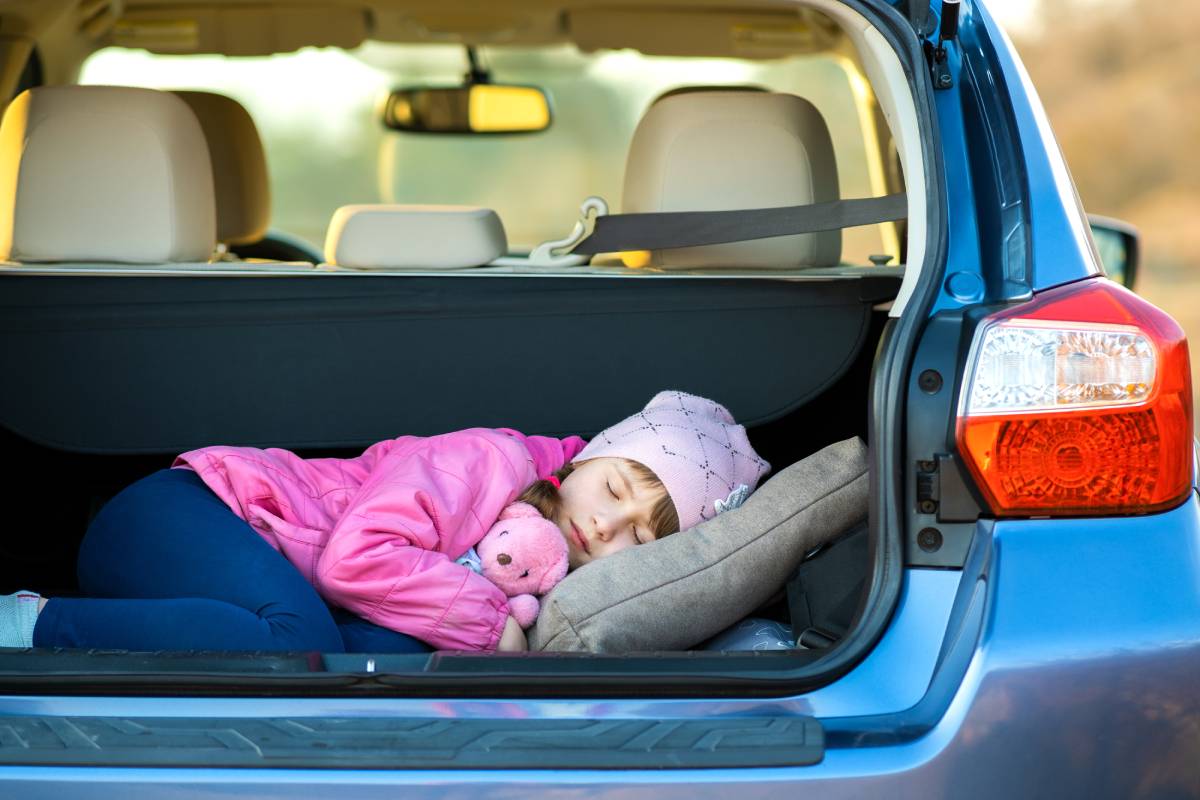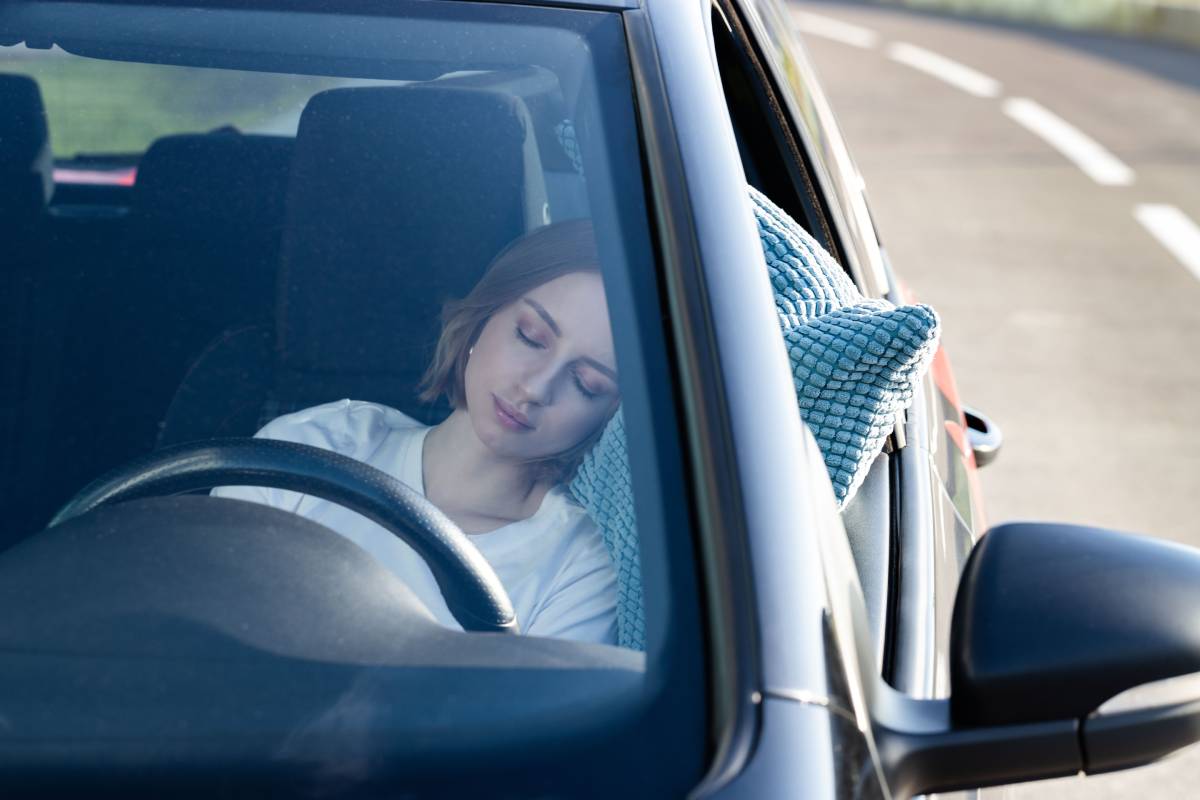Sleeping in a car can be handy whether you’re on a trip, camping, or taking a break. But cars aren’t made for overnight sleeping. One big concern is airflow. Without it, the air can become unsafe.
Oxygen levels can drop. Moisture can build up. Worst of all, carbon monoxide may get inside without warning.
Good ventilation helps you stay safe and breathe better. This article shows you how to get fresh air into your car, why closed windows can be risky, and how to avoid carbon monoxide danger. With a few simple steps, you can sleep more safely and comfortably in your car.
Why Ventilation is Important When Sleeping in a Car

- Keeps oxygen levels steady. Without fresh air, oxygen can drop, making it harder to breathe.
- Reduces moisture and stuffy air. Your breath adds moisture and carbon dioxide, which fogs windows and makes the air heavy.
- Improves comfort. Airflow helps control the temperature, so it doesn’t get too hot or too cold.
- Lowers the risk of carbon monoxide. Without ventilation, harmful gases could build up if an engine is running nearby or leaking.
How to Ventilate When Sleeping in a Car
1. Leave Windows Slightly Open
Open one or two windows about 1-2 inches to let fresh air flow in and stale air flow out. This helps oxygen enter and prevents moisture and gases from building up.
- Use rain guards or window visors to keep out rain or bugs.
- A small opening keeps some privacy and security.
- Avoid opening windows fully if you’re in an unsafe area.
2. Use Ventilation Tools
- Portable battery-powered fans help air circulate.
- Some cars have factory or aftermarket window vents.
- Roof vents in camper vans improve airflow.
 3. Park in a Safe Place
3. Park in a Safe Place
- Avoid enclosed spaces like garages where carbon monoxide can collect.
- Stay away from running engines nearby.
- Choose open, fresh-air locations.
4. Use Screens or Mesh
5. Avoid Running the Engine for Heat or AC
Can You Sleep in a Car with Windows Closed?
- Low oxygen levels – Without fresh air, oxygen goes down while carbon dioxide goes up. This can make you feel tired, dizzy, or sick.
- Poor air quality – Air becomes stale, which makes it harder to breathe and sleep well.
- Moisture problems – Your breath adds moisture inside the car, causing foggy windows and damp conditions.
- Temperature issues – The car can get too hot or too cold, making it uncomfortable or unsafe.
- Gas buildup risk – If the engine runs or there’s a leak, dangerous gases like carbon monoxide can build up without warning.
 Will Sleeping with Windows Open Prevent Carbon Monoxide Poisoning?
Will Sleeping with Windows Open Prevent Carbon Monoxide Poisoning?
Opening windows helps reduce the risk of carbon monoxide poisoning by letting fresh air in and diluting any gas inside. But it does not guarantee complete safety because:
- Carbon monoxide can come from your own car’s exhaust if there’s a leak.
- Other running vehicles nearby can produce carbon monoxide.
- Enclosed spaces increase risks even with windows open.
Carbon Monoxide Warning Signs
Headache, dizziness, nausea, tiredness, or feeling confused. These symptoms may come on quickly and can feel like the flu.
If you feel any of these while sitting or sleeping in your car especially with the engine running, get out and get fresh air right away. It’s important not to ignore these signs. They could be serious and even life-threatening.
- Headache
- Dizziness
- Nausea
- Confusion
- Weakness
- Shortness of breath
 Tips to Prevent Carbon Monoxide Poisoning
Tips to Prevent Carbon Monoxide Poisoning
Don’t run the engine while sleeping in a closed or enclosed space. Carbon monoxide can build up fast and make you very sick or worse.
Keep your car’s exhaust system checked and fixed. Small holes or leaks can let harmful gas inside your car.
Use a portable carbon monoxide detector to stay safe. It will warn you if there’s dangerous gas nearby.
Avoid parking near running cars or places where gas can get stuck. These spots can be risky even if your engine is off.
Causes of Migraines Related to Poor
Poor ventilation and exposure to carbon monoxide (CO) can cause migraines and headaches in several ways:
- Oxygen deprivation: When the air does not circulate well, the body gets less oxygen. The brain receives less oxygen, which can trigger migraine symptoms like throbbing pain and nausea.
- Carbon monoxide exposure: CO binds to hemoglobin in the blood better than oxygen does. This reduces the amount of oxygen delivered to the brain and other organs, causing severe headaches, dizziness, and confusion.
- Poor air quality: Stale, humid air with high carbon dioxide levels can cause headaches and reduce brain function.
- Stress and discomfort: Uncomfortable temperatures and stuffy environments increase stress and discomfort, which are common migraine triggers.
Conclusion
When sleeping in a car, it’s very important to have good ventilation. Keeping your windows slightly open helps fresh air come in and keeps you safe. It also stops moisture from building up inside the car.
Most importantly, it helps prevent carbon monoxide from reaching dangerous levels. Sleeping with all windows closed, especially if the engine is running, can be very risky and harmful to your health.
Always park in a safe place, avoid running the engine overnight, and if possible, use extra safety tools like a carbon monoxide detector. These simple steps help you sleep safely and comfortably in your car.




















